When we think of creativity, we often imagine artistic endeavors like painting, drawing, or dancing. However, creativity extends far beyond the arts. It includes problem-solving, scientific exploration, and even daily imaginative play. Creativity is a fundamental skill that can be nurtured from a very young age, shaping the way children perceive and interact with the world around them.
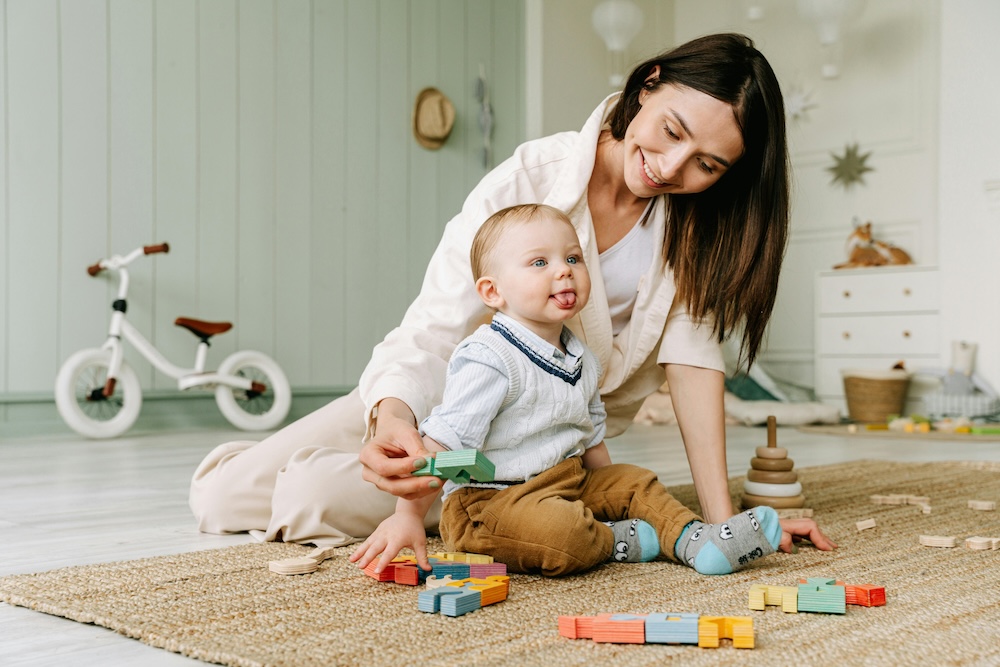
What is Creativity in Early Childhood?
Creativity in early childhood is the ability to explore, imagine, and experiment with different ideas and materials. It involves making connections between different concepts and thinking outside the box. Children are natural explorers and experimenters, constantly learning and making sense of their surroundings. From building a tower with blocks to imagining an adventure with stuffed animals, children use creativity to understand and engage with their world.
The Importance of Creativity
Creativity is a critical 21st-century skill. In our rapidly changing world, the ability to adapt, innovate, and solve complex problems is more important than ever. Creativity supports cognitive development by helping children make connections and think critically. It also plays a vital role in emotional and social development, enhancing self-expression and communication skills.
Engaging in creative activities has numerous benefits for young children:
1. Cognitive Growth: Creative activities stimulate brain development. When children engage in creative play, they develop neural connections that enhance their cognitive abilities. This includes skills like memory, attention, and problem-solving.
2. Emotional Well-being: Creativity provides an outlet for children to express their emotions and manage stress. It promotes mental health by allowing children to process their feelings and experiences in a constructive way.
3. Social Skills: Many creative activities involve collaboration and communication. Whether they are working together on a project or playing pretend, children learn to share ideas, negotiate roles, and work as a team.
4. Confidence and Self-esteem: Successfully completing a creative project or coming up with a novel idea boosts a child’s confidence. It reinforces their belief in their abilities and encourages them to take on new challenges.
Types of Creative Activities
There are countless ways to encourage creativity in children. Here are some examples of activities you can easily incorporate into your daily routine:
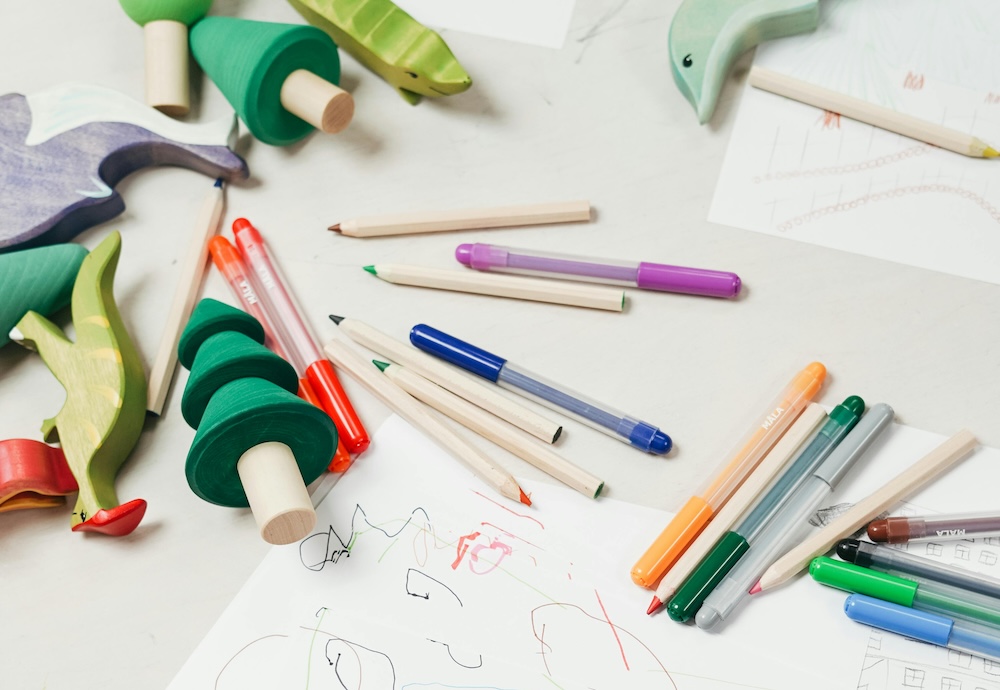
1. Art and Craft Projects: Provide a variety of materials like paper, crayons, paint, and clay. Let your child create freely without worrying about the final product. Focus on the process and encourage them to experiment with colors, shapes, and textures.
2. Music and Dance: Music is a powerful tool for creativity. Encourage your child to sing, dance, or play simple instruments. This not only enhances their auditory skills but also promotes physical coordination and emotional expression.
3. Storytelling and Role Play: Encourage your child to create stories or engage in pretend play. Provide props like costumes, puppets, or everyday objects. Storytelling helps develop language skills and stimulates imagination.
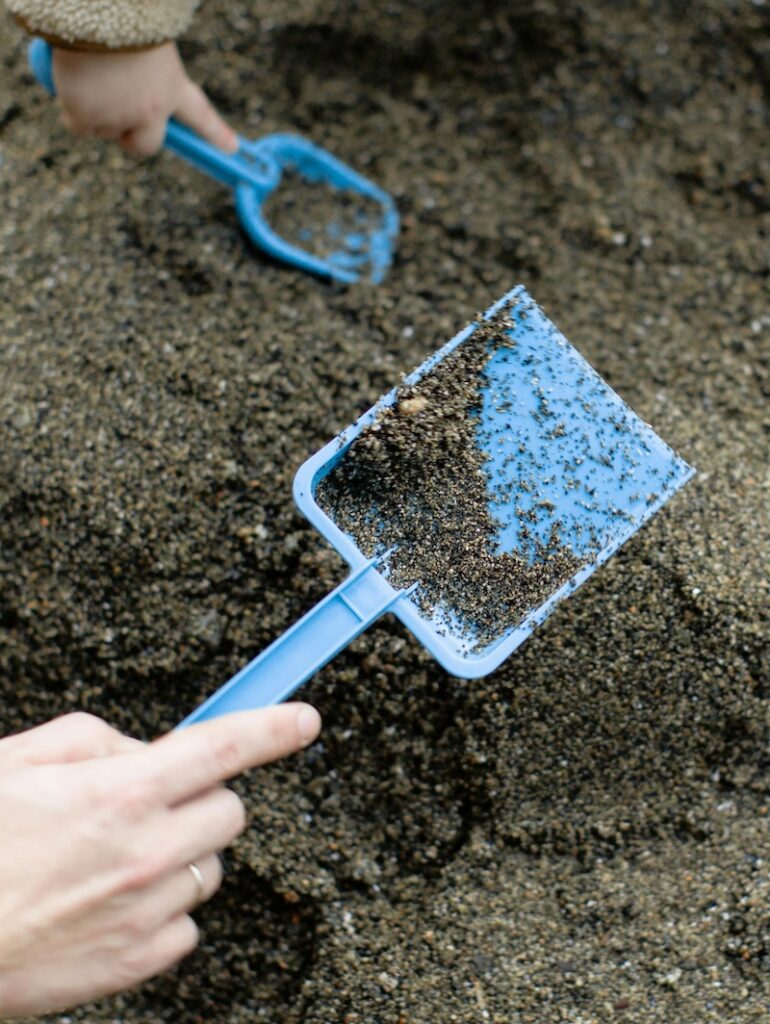
4. Building and Construction: Use building blocks, Legos, or even household items to construct different structures. This type of play enhances spatial awareness, fine motor skills, and problem-solving abilities.
5. Outdoor Exploration: Nature provides endless opportunities for creative play. Take your child outside to explore the environment. Activities like collecting leaves, making mud pies, or building sandcastles can spark creativity and connect them with the natural world.
6. Sensory Play: Engage your child’s senses with activities like playing with water, sand, or playdough. Sensory play helps children explore different textures and develop fine motor skills.
Encouraging Creativity: Tips for Parents
To foster creativity in your child, it’s important to create a supportive environment and provide opportunities for exploration. Here are some tips to help you nurture your child’s creative abilities:
1. Provide a Variety of Materials: Keep a range of art supplies, building materials, and sensory items available for your child to use. Encourage them to explore and combine different materials in new ways.
2. Allow Unstructured Play: Give your child plenty of time for free play without specific goals or outcomes. Unstructured play allows children to use their imagination and develop their own ideas.
3. Be Supportive and Encouraging: Praise your child’s efforts and creativity, rather than focusing on the final product. Show interest in their creations and ask open-ended questions to encourage them to think and explain their ideas.
4. Create a Safe and Stimulating Environment: Ensure that your child has a safe space to play and explore. This could be a dedicated area in your home where they can create and experiment freely.
5. Join in the Fun: Participate in creative activities with your child. Whether it’s painting, building, or playing pretend, your involvement shows that you value creativity and enjoy spending time together.
6. Encourage Problem-Solving: When your child encounters challenges during creative play, encourage them to think of solutions. This helps develop critical thinking and resilience.
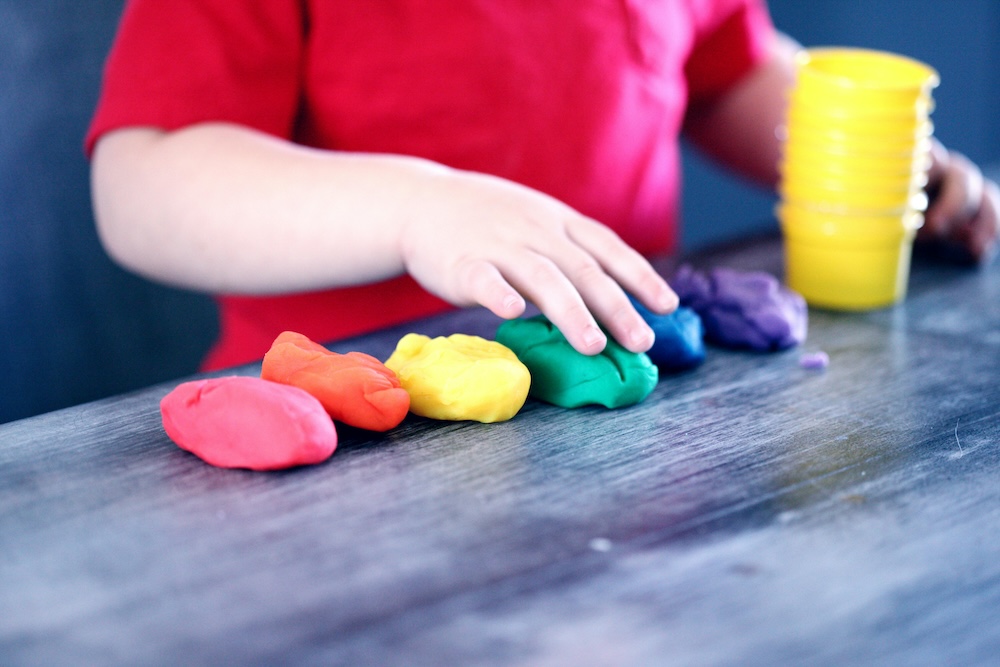
Creativity is a cornerstone of early childhood development, offering numerous cognitive, emotional, and social benefits. By providing opportunities for creative exploration, you help your child develop essential skills that will serve them throughout their lives. Embrace the messiness of creativity and celebrate your child’s unique ideas and expressions. Remember, it’s the process of creating that is most important, not the final product. Through creative play, your child will learn, grow, and discover the world in wonderful new ways.
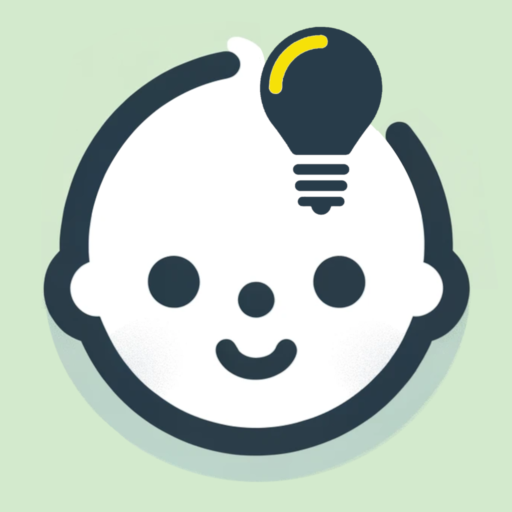
Leave a Reply